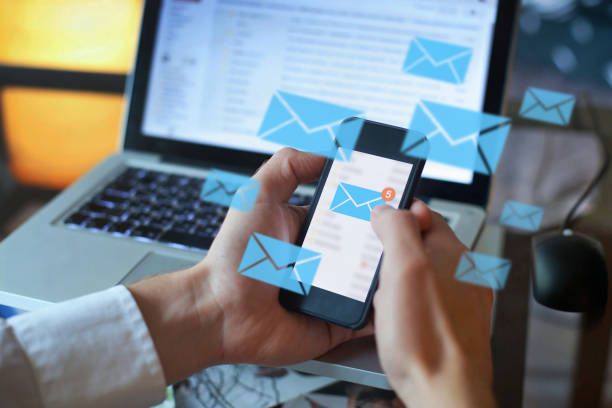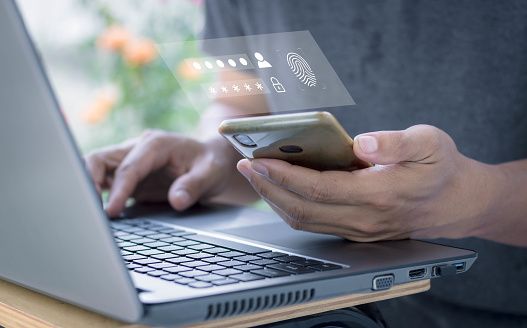As an expert in cybersecurity, I understand the critical importance of protecting your email inbox from malware threats. With the increasing prevalence of sophisticated cyber attacks, having a robust email malware checker solution in place is essential. In this comprehensive guide, we will explore the significance of email malware checker, discuss various methods to scan and detect malware in emails, and provide expert tips on how to safeguard your inbox from malicious threats. By following the insights and techniques shared in this article, you can fortify your email communication and protect your sensitive information.
Understanding Email Malware and Its Risks

Email malware refers to malicious software or code that is distributed via email messages with the intention of infecting computer systems, stealing sensitive data, or causing harm. The risks associated with email malware include:
- Data Breaches: Malware-infected emails can lead to data breaches, resulting in the unauthorized access or exposure of sensitive information.
- Financial Loss: Malware can facilitate fraudulent activities, such as phishing attacks or ransomware, which can lead to financial losses for individuals and organizations.
- System Disruption: Certain malware variants, like viruses or worms, can cause system disruptions, slow down performance, or even render devices unusable.
- Reputation Damage: Falling victim to email malware can damage your personal or professional reputation, as cybercriminals may exploit your compromised email account to launch further attacks on your contacts.

Methods to Detect and Prevent Email Malware:

- Antivirus Software: Install reputable antivirus software on your devices to detect and remove malware from incoming emails. Keep the antivirus software up to date to ensure it can identify the latest malware threats effectively.
- Spam Filters: Enable spam filters provided by your email service provider to automatically block or divert suspicious emails to a separate folder. Spam filters often incorporate malware detection capabilities to prevent malicious emails from reaching your inbox.
- Email Malware Scanner Services: Consider utilizing specialized email malware scanner services that thoroughly scan incoming emails for malware, including attachments and embedded links. These services use advanced algorithms and threat intelligence to identify and neutralize potential threats.
- User Education and Awareness: Educate yourself and your team on best practices for email security, such as recognizing phishing emails, avoiding suspicious attachments or links, and being cautious of unexpected emails from unknown senders.
- Regular Software Updates: Keep your email client and operating system updated with the latest security patches. Updates often include bug fixes and security enhancements that address vulnerabilities exploited by malware.
Commonly Asked Questions:
Q1: Can malware be transmitted through email attachments?
A1: Yes, email attachments are a common method for distributing malware. Malicious files can be disguised as innocent documents, spreadsheets, or executable files. It is crucial to exercise caution when opening attachments and ensure they come from trusted sources.
Q2: Can scanning emails for malware impact email delivery speed?
A2: Email scanning processes are designed to be efficient and minimize any impact on delivery speed. Advanced email malware checker solutions employ real-time scanning techniques that ensure minimal disruption while maintaining robust security measures.
Q3: How often should I scan my email inbox for malware?
A3: It is recommended to scan your email inbox regularly, ideally on a daily basis. However, the frequency can vary depending on your level of email activity and the sensitivity of the information you handle. Regular scans help detect and mitigate potential threats promptly.
Conclusion:
Email malware poses significant risks to individuals and organizations, making the implementation of an effective email malware checker crucial. By adopting the best practices outlined in this comprehensive guide, including utilizing antivirus software, leveraging spam filters, and considering specialized email malware scanner services, you can safeguard your inbox from malicious attacks. Stay vigilant, educate yourself and your team about email security, and always prioritize the protection of your sensitive information. By doing so, you can enjoy secure email communication and maintain peace of mind in the digital realm.

